Roof Skylights: Illuminate Your Interiors—See the Difference!
Roof skylights are windows installed on a building’s roof to allow natural light to enter. Unlike roof windows, skylights are typically installed on flat or sloped roofs and are designed primarily for lighting rather than views.
Benefits of Roof Skylights
Roof skylights offer numerous benefits, including:
Natural Light
Skylights bring in natural light, making spaces feel brighter and more welcoming. They reduce the need for artificial lighting during the day, saving energy.
Energy Efficiency
A roof skylight can lower energy bills by minimizing dependence on artificial lighting and helping to heat spaces naturally. In cooler climates, they can also help with passive solar heating.
Aesthetic Appeal
Skylights can transform a room’s appearance, making it feel larger and more open. They can also direct the eye to certain architectural features and create a focal point in the design.
Health Benefits
Exposure to natural light has been shown to improve mood and productivity. It can also help regulate sleep patterns by supporting the body’s natural circadian rhythms.
Installation Considerations
Before installing skylights, consider the following factors:
Structural Integrity: Before installing a skylight, assessing the roof’s structure is important to ensure it can support the additional weight. You might need to consult with a structural engineer about this.
Placement and Orientation: The placement of a skylight affects how much light it brings in and how it impacts the room’s temperature. South-facing skylights provide the most light but can also lead to overheating. North-facing skylights offer more consistent light without as much heat gain.
Professional Installation: Proper installation of a roof skylight helps prevent leaks. It also ensures the skylight is sealed correctly. Hiring a professional can help avoid common issues and ensure the skylight performs well over time.
Design Ideas and Inspiration
You may integrate skylights into various architectural styles and interior design schemes. Here are a few design ideas:
Create a Focal Point: A large skylight can enhance the ambiance by creating a dramatic focal point. Consider using an accent piece or artwork beneath the skylight to draw attention to the feature.
Enhance Natural Light: Consider using multiple smaller skylights to distribute natural light evenly throughout the room for smaller spaces. Doing this can create a brighter and more inviting atmosphere.
Integrate With Existing Architecture: Skylights can be seamlessly integrated into existing architectural styles, such as modern, traditional, or rustic. Choose a skylight design that complements your building’s overall aesthetic.
Consider the Room Type: The type of skylight you choose may vary depending on the room where it will be installed. For example, a tubular skylight may be suitable for a bathroom or hallway, while a larger fixed skylight may be better suited for an office or a bedroom.
Maintenance and Care
Proper maintenance is essential to ensure that your skylights continue to function properly and provide optimal performance. Here are some maintenance tips:
Tip #1: Skylights should be cleaned regularly to keep them clear and functional. Use a soft cloth and mild detergent to avoid scratching the glass. For hard-to-reach skylights, consider using a telescoping cleaning tool.
Tip #2: Periodic inspections are important to check for leaks, cracks, and other issues. Look for signs of water damage around the skylight and ensure the seals are intact.
Tip #3: If a skylight is damaged, it may need to be repaired or replaced. Small cracks can sometimes be repaired with sealant, but larger issues may require a full replacement.
Potential Challenges
While skylights offer many benefits, they also come with some potential challenges:
Heat Gain and Loss
Skylights can lead to unwanted heat gain in the summer and heat loss in the winter. To mitigate this, consider using skylights with low-emissivity (low-E) coatings or installing shades or blinds.
Glare and UV Exposure
Skylights can cause glare and expose interiors to UV rays, which can fade the room’s flooring and furniture. Using skylights with UV-blocking coatings or adding window films can help minimize these effects.
Cost Considerations
While skylights can be a significant investment, the long-term benefits often outweigh the initial costs. Energy savings, increased property value, and improved quality of life are important factors in this conversation.
Environmental Impact
Skylights can have a positive environmental impact, like the following:
Reduced Energy Consumption: By reducing reliance on artificial lighting, skylights can help lower energy consumption and greenhouse gas emissions.
Improved Indoor Air Quality: Skylights can improve indoor air quality by providing natural ventilation and reducing the need for mechanical ventilation systems.
Building Sustainability: Skylights can contribute to a building’s sustainability by reducing energy consumption and improving indoor comfort.
Local Climate Considerations: The environmental impact of skylights may vary depending on your local climate and building codes. Consider consulting with a local building professional to assess the suitability of skylights for your specific location.
Wrapping It Up
Roof skylights offer various benefits—from improved natural light and energy efficiency to enhanced interior design and increased property value. By carefully considering the factors discussed here, you can choose the right skylights for your home and enjoy their many advantages.
If you gained new insights from this article, explore our blog, Gimkit, for more enlightening content.
Share this content:
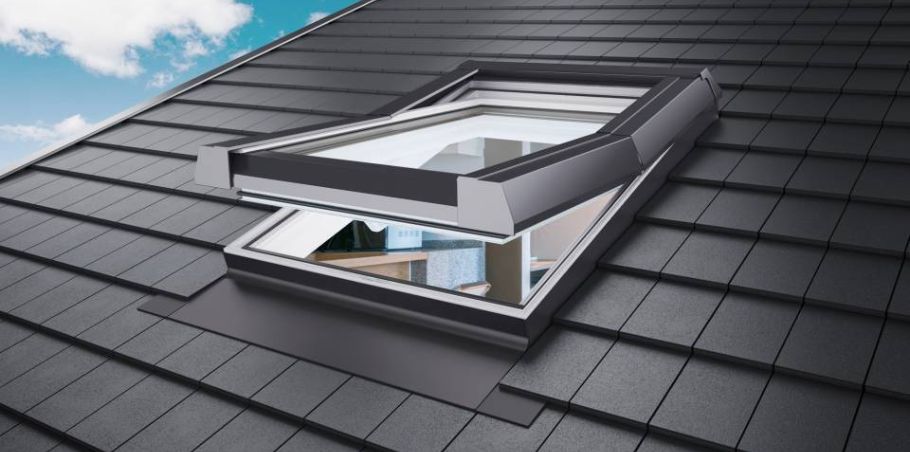
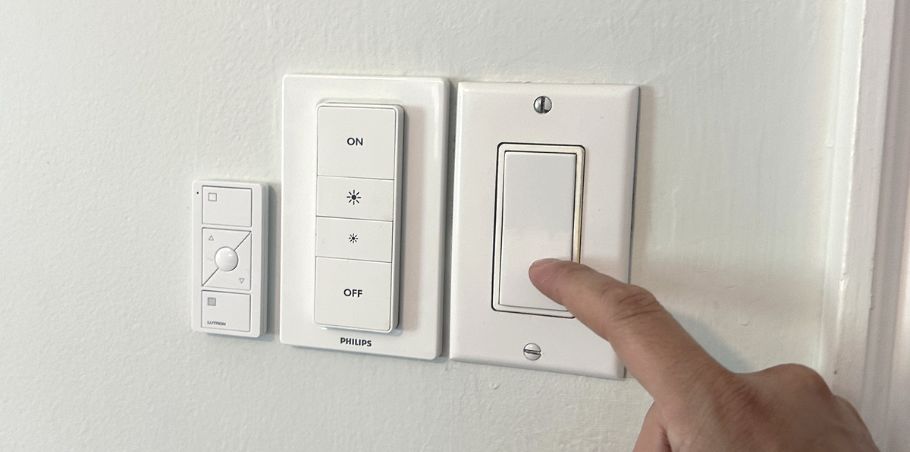
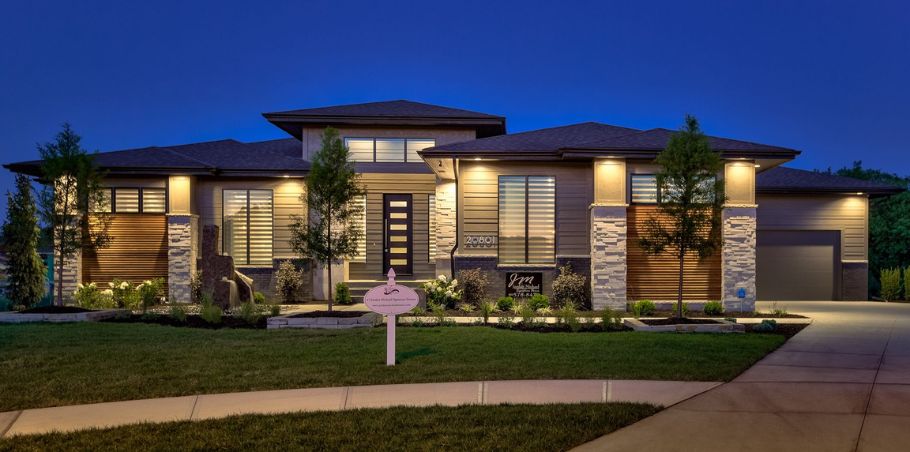
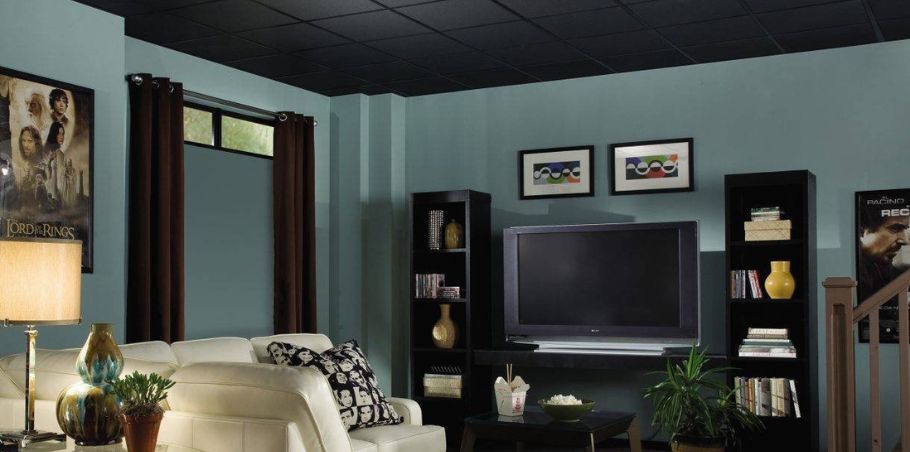

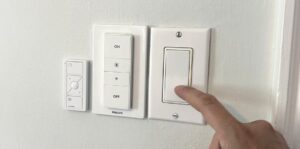


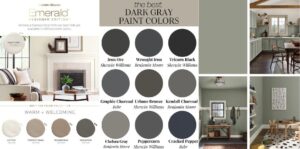
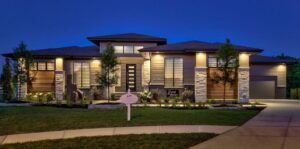
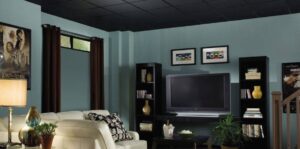
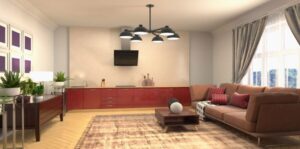

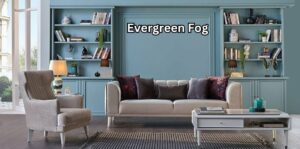
Post Comment